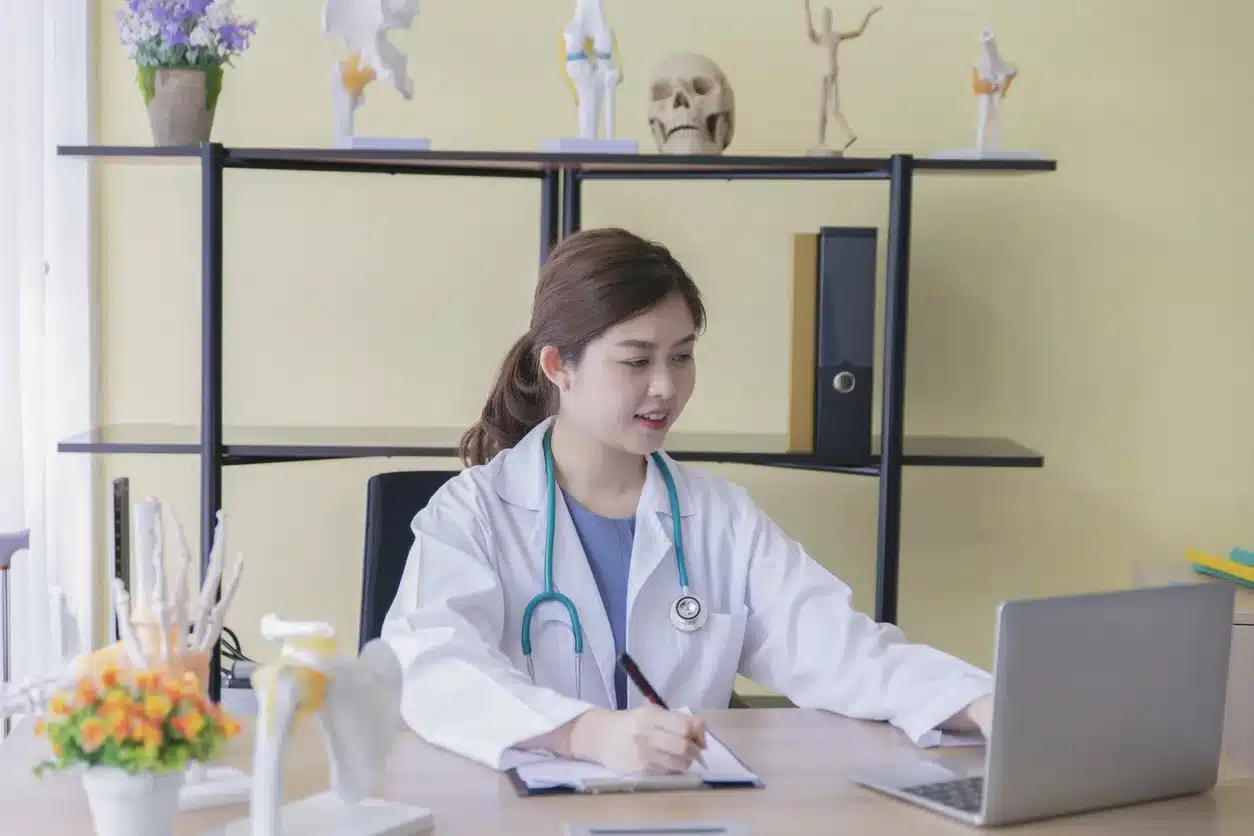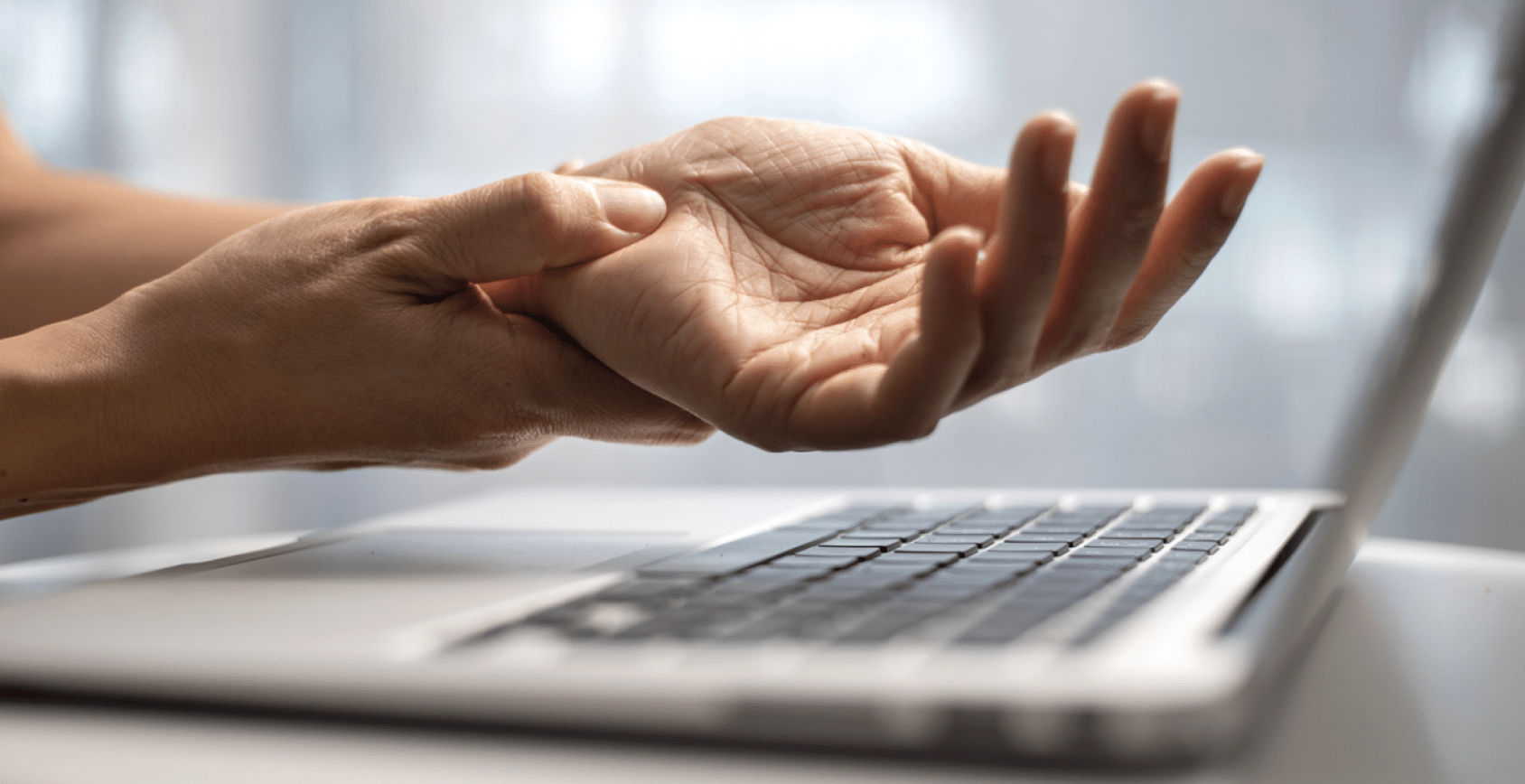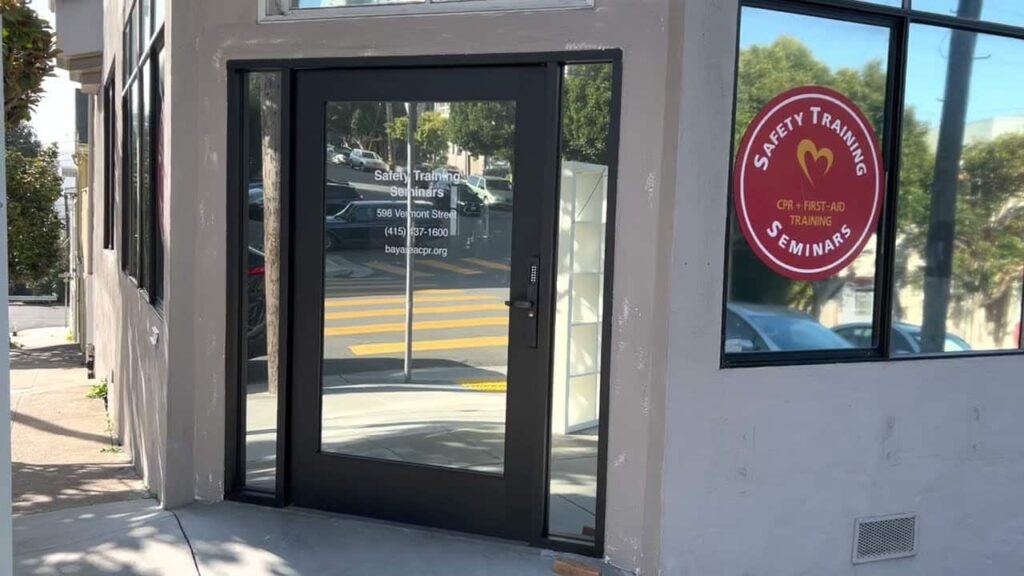BLS, ACLS, PALS, First-aid & CPR Classes In San Francisco, CA
Course Registration
Safety Training Seminars offers American Heart Association BLS, ACLS, PALS and CPR classes in San Francisco, CA. This office is close by the surrounding cities of Daly City and Oakland.
If you are looking for CPR classes in San Francisco, you can take a BLS, ACLS, or PALS course near you. We can teach CPR & First-aid classes at your location any dayof the week. Ask us about our group discounts.
If you are already registered for a CPR course in San Francisco, please read the important information below about your upcoming course.
Important Information About Your Upcoming Course in San Francisco
Directions to San Francisco CPR Classroom
Mandatory Videos To Watch Before your Course
Our studies have shown that those who watch the videos increase their chances of passing by about 50%.
If you do not watch the videos, you will still probably pass, but you will be spending a lot more time in the classroom.
Please spend a few minutes watching the two videos below.
RQI Online Course – What to Expect
You can start and stop the online course as needed. Be sure to use a computer or tablet while taking the American Heart Association online course (a phone will not work). The BLS Heartcode online course is adaptive to your current level of knowledge.
As such, the length of the online course is variable depending on your experience and skill level. (BLS: 1-2 hours, ACLS or PALS 3-4 hours)

Day of Skills Testing – What to Expect
Show up to your San Francisco CPR testing location on the registration date and time you selected with your RQI login and the entry instructions that were texted/emailed to you. After you put on a pair of gloves, enter your login and password on the computer (use the keyboard or touch screen). Follow the on screen directions to activate your skills session.
The VAM (voice assisted manikin) will guide you through the skills testing. An instructor will not be present, but you can call our office during your session if you have any questions. We have a dedicated and friendly team to help you if you need assistance.

RQI Skills Testing - How to Pass
♥ Watch the review videos above to save time at your skills testing.
♥ Make sure you allow full chest recoil.
♥ Switch rolls quickly when doing 2-person CPR (within 5 seconds).
♥ Pause when you see a Red Stop icon & the computer says Do Not Interrupt
♥ Count out loud when doing compressions.
♥ Use the step stool under the manikin if needed for better leverage.
♥ When giving breaths with the Bag Valve Mask, tilt the head back & lift the chin.
♥ You will receive your certification card on the day of the class.

Performing CPR is Physically Exhausting
By registering for a class, you understand that performing chest compressions on the manikin can hurt your hands, wrists, arms, or body. If you have any pre-existing physical limitations (pain, carpal tunnel, weakness, or injury), we suggest you wait until you are feeling better.
If you become tired or run out of time and need to come back to complete your skills, call our office. We can reschedule you for no extra fee. Or you can stay in the room to finish up your skills.

CPR and First-aid classes in San Francisco, CA
CPR and first-aid classes are crucial for individuals in any community. They provide the knowledge and skills necessary to respond effectively in emergency situations, potentially saving lives. In San Francisco, CA, there is a growing awareness and demand for these classes, reflecting the city’s commitment to public safety and health.
CPR, or cardiopulmonary resuscitation, is a life-saving technique used during medical emergencies such as heart attacks or near drownings, where someone’s breathing or heartbeat has stopped. It involves chest compressions and sometimes artificial respiration to maintain circulatory flow and oxygenation during cardiac arrest. The importance of learning this technique cannot be overstated. Every minute that passes without CPR reduces the chance of survival by 7-10%.
First-aid classes, on the other hand, cover a broader range of emergency situations. They equip attendees with the skills to handle situations ranging from minor injuries to more serious conditions like seizures, choking, or severe allergic reactions. The training includes practical instructions on how to assess an emergency situation, apply dressings and bandages, perform the Heimlich maneuver, and more.
In San Francisco, these classes are available to everyone – from individuals wanting to acquire basic life-saving skills, to professionals in the healthcare and emergency services sector who need to renew their certifications. They are designed to be accessible and user-friendly, with a focus on hands-on training and real-world scenarios. Some classes even offer bilingual instruction to accommodate the city’s diverse population.
Moreover, the flexibility of these classes in San Francisco is commendable. They are offered at various times throughout the week, including evenings and weekends, to accommodate different schedules. Many also offer online components, allowing participants to complete theoretical aspects at their own pace before attending practical sessions.
Despite the high value placed on these skills, it’s important to note that they are not a substitute for professional medical advice or treatment. They are meant to provide initial support until professional help arrives. Thus, part of the training also includes learning when and how to call for help.
The emphasis on CPR and first-aid training in San Francisco is indicative of a larger trend towards community resilience. By equipping citizens with these skills, the city is not just improving individual competence in emergencies, but also enhancing its collective ability to respond to crises. This is particularly relevant in a city like San Francisco, which faces unique challenges such as earthquakes and other natural disasters.
In conclusion, CPR and first-aid classes are an essential component of public health and safety in San Francisco. They empower individuals to act confidently and effectively in emergency situations, ultimately contributing to a safer, more resilient community. Whether you’re a resident or a visitor in this vibrant city, consider taking a class. You never know when you might need these life-saving skills.


